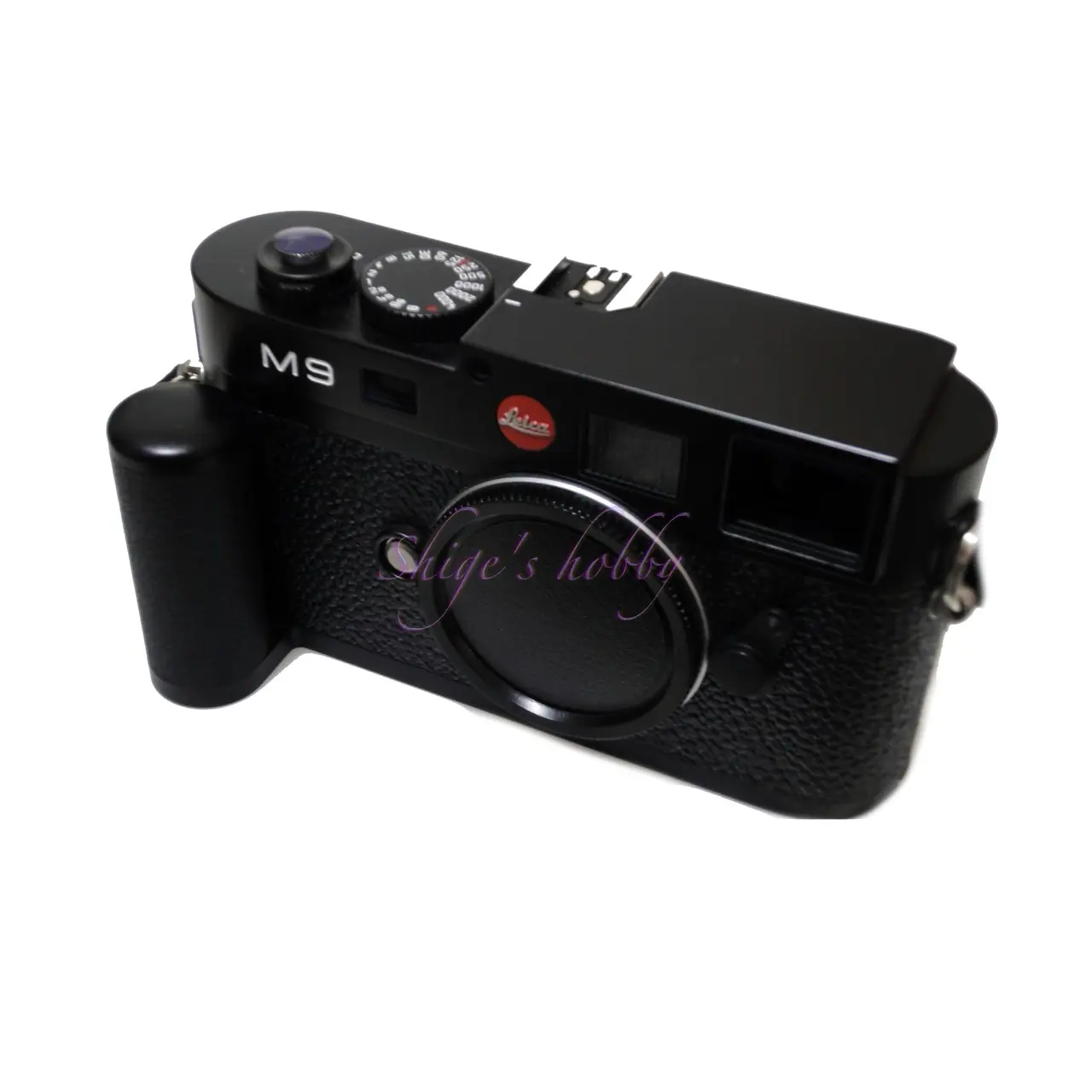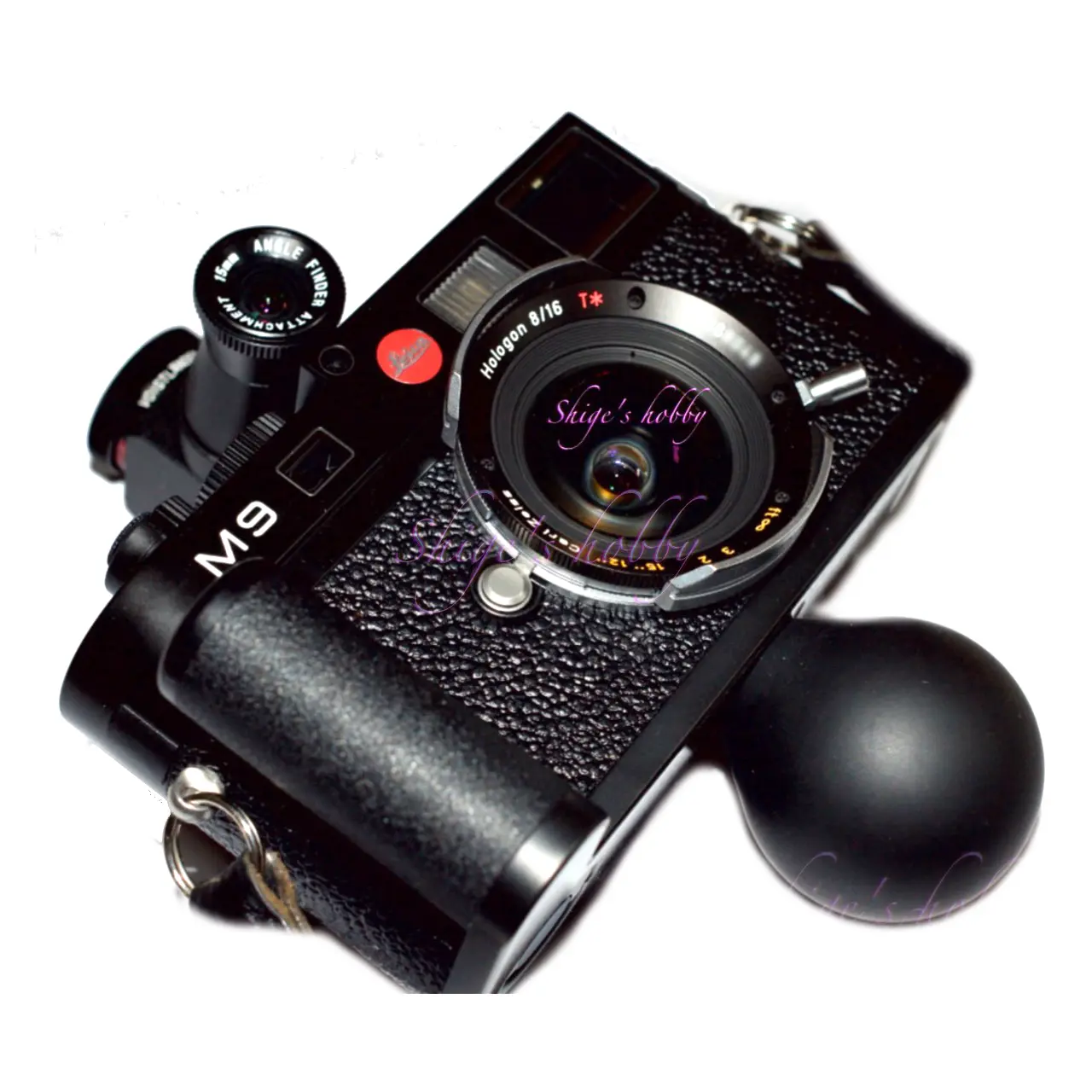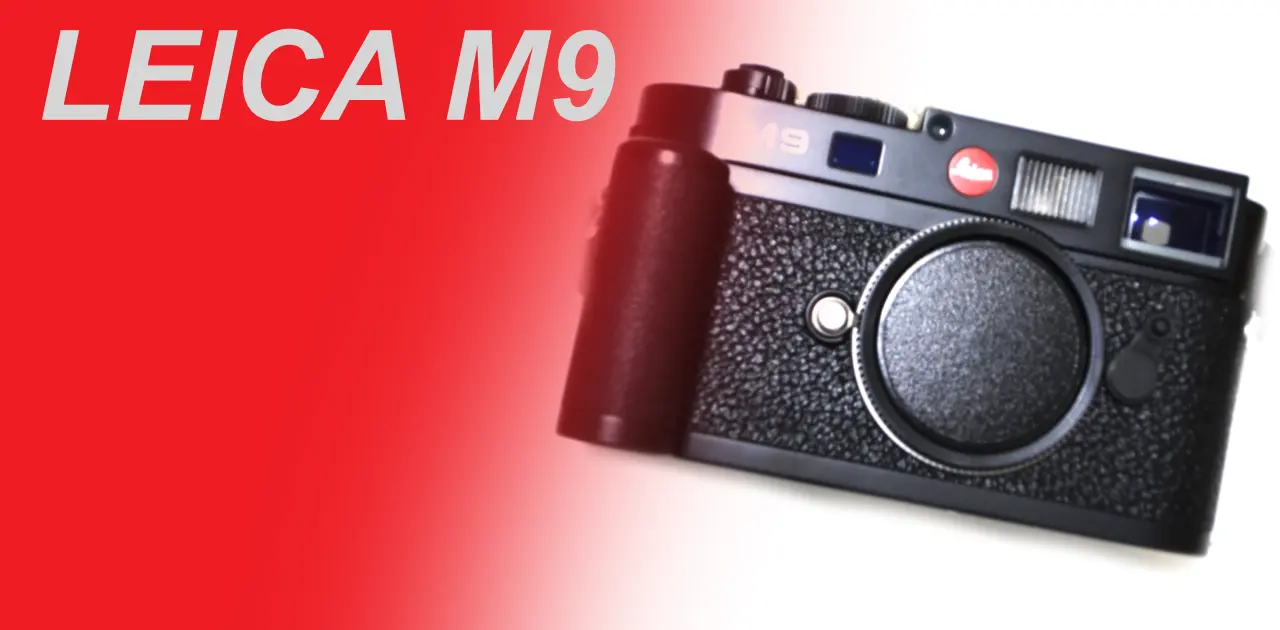Last updated on 2025-10-26
A review and photo examples of the Leica M9, a 35mm full-frame (FF) sensor on Digital rangefinder (RF) camera.
- Please see the disclaimer regarding advertising here.
- Italicized links in the text are advertisement links that take you to other sites.
Table of contents
Gallery
- The lenses used to take the sample photos were:
Review


1.Overview
The Leica M9 (hereafter referred to as M9) is the first M-mount digital camera to feature a 35mm full-frame sensor.
The image sensor, the heart of the digital camera, is a Kodak KAF18500 18-megapixel, 35mm full-frame (35.8 x 23.9 mm) CCD sensor.
The sensor pitch of this sensor is the same as that of the Leica M8 and M8.2, but the sensor area has been expanded to 35mm full-frame, increasing the number of pixels to 18 megapixels.
The body size and controls are the same as the Leica M8, and the main differences between the M8 and M8.2 are the following three points:
The IR cut filter inside the body has been strengthened, so there is no need to attach a UV/IR cut filter to the lens.
Manual input of lens focal length
Shoulder counter omitted
The strengthening of the IR cut filter is a very welcome improvement for users, and with this improvement, users can concentrate on shooting without the troublesome task of attaching a UV/IR cut filter.
There is no doubt that the M8 should have been released in this state. It is also unfortunate that almost all of the investment in UV/IR cut filters that was made to prevent color cast during the M8 era was wasted.
It is also speculated that this countermeasure is part of the sensor peeling problem described below. There are various speculations about the cause, but since there has been no official announcement from Leica about the exact cause, we recognize that there is no official information.
The M9 now allows you to enter the lens focal length from the menu, and if you enter it, you can transmit focal length information to the camera even for lenses that do not have a 6-bit code, and you can record the focal length in the captured image and use image correction.
However, when shooting with multiple lenses, there is a risk that incorrect information will be recorded if you forget to set the focal length when changing lenses. With a 6-bit code, there is no need to worry about this because the camera automatically reads the code and sets it to the correct value when changing lenses.
The shot counter was a two-digit display that could only display up to 99 shots, so the large-capacity SDHC memory card used in the M9 is about 18 megabytes when using a 32GB card, and since Raw (DNG file) data is compressed to about 18 megabytes, a 32GB SDHC card can take about 1600 shots if you only shoot Raw, so it was probably decided that a shot counter was unnecessary.
Because the SDHC card is used as the recording medium, it is easier to obtain than small-capacity SD cards, and it is appreciated that new ones can still be easily obtained in 2024.
Options such as the battery and grip are the same as those for the M8 and M8.2, and users will appreciate the continuity of the system. The charger is still included as a compact charger (14470) similar to the M8.2.
The M9 was sold in several limited edition versions, including a titanium set limited to 500 units, which had a titanium exterior and came with a dedicated Summilux 35mm f/1.4.
2.Usability
The M9 is equipped with a 35mm full-frame sensor, so most of the options of the previous Leica M can be used as is. In particular, it is a great advantage that the viewfinder that comes with the lens can be used as an external viewfinder for wide-angle lenses. With the M8 and M8.2, it was necessary to prepare a viewfinder with the focal length converted to 35mm, which was troublesome.
The LEICA M mount 6-bit code detection mechanism allows you to input the focal length from the menu,
The 18 million pixels are sufficient, and the characteristic depiction of CCD is different from the currently mainstream CMOS, so I understand why it is still popular, but it is difficult to actively choose it due to the price rise due to the shortage of cameras and the sensor problem mentioned earlier.
The shutter mechanism of the LEICA M9 series seems to follow the same mechanism as the M8.2 with a maximum shutter speed of 1/4000, and although the sensor size is larger, I remember that the shutter sound quality was almost the same.
Using a small capacity SD card and taking pictures while worrying about the number of remaining shots is like a film camera, and I feel a unique tension and fun.
3.Summary
To conclude, the LEICA M9 is a monumental achievement as it is the first rangefinder camera equipped with a 35mm full-frame sensor. With 18 megapixels, it is perfectly fine for general use, but the fact that the cover glass of the sensor peels off is a fatal flaw for this camera.
As it is an old camera, it is difficult to decide whether to buy a good one with a replaced sensor at a high price, or to replace the defective sensor cover glass and continue using it. Leica’s repair service has ended, and if the electronic system other than the mechanical parts breaks down, it will be difficult to repair.
Sensor peeling problem
Shortly after its release, I bought a used black model with a warranty, and at the end of the warranty period, I experienced a problem with the cover glass peeling off the sensor surface (or, in short, the sensor peeling problem). Fortunately, it was still within the official Leica warranty period, so I consulted with the place of purchase and sent it in for repair, but I remember that it took quite a long time, about six months, to complete the repair. When I sent it in for repair, Leica borrowed an M8 as a replacement.
I didn’t think this problem was a big enough problem to develop into a recall, and at the time I thought that something like this could happen and that I was unlucky, but it seems that repairs require a considerable budget, and even after the official announcement of the response to the sensor peeling problem, free support was only available for those within the valid warranty period, and paid support ended in August 2020 due to a shortage of parts. Currently, it seems that there are some places in China and other places that offer paid repair services for this problem.
As such, as long as you continue to use the M9, this symptom will occur at some point. As mentioned above, there has been no official announcement from Leica about the cause, so the truth is still a mystery.
This problem has been discussed in various places, and there are several possible causes, but I personally suspect that the adhesive surface of the cover glass could not withstand the stress of the parts expanding and contracting repeatedly due to the heat applied to the sensor.
Currently, the market is in a chaotic state with both unfixed and fixed products being sold. There seems to be some way to tell if a camera has been fixed, but there is no absolute method, so I feel that it is a dangerous camera to use.
There are also kits for replacing broken or peeled glass, but it is unclear whether amateurs can do the work. In order to access the sensor, the board needs to be removed, and since the camera has a delicate mechanical mechanism, it is likely that if you take it apart incorrectly when removing the board, the damage will be irreversible.
It seems that the later M9-P and LEICA M-E were also sold without the fix, and the sensor peeling problem of Kodak CCDs, including LEICA S2 / S Typ006 / S-E, is a very troublesome problem.
I bought two second-hand LEICA S series cameras later, but both of them had the same sensor peeling problem. Details are on another page.
Specification and Competitor
| Items | M9 | M8 | R-D1x |
| Effective pixels(Megapixels) | 18.0-Megapixels | 10.3-Megapixels | 6.1-Megapixcels |
| Sensor manufacturer and model number | KAF-18500 | Kodak KAF10500 | Unknown |
| Sensor size | 35mm Full frame 35.8 × 23.9 mm | APS-H Size 27 x 18mm | APS-C 23.7 x 15.6mm |
| Rear LCD | 2.5 inch 23 million dot | 2.5 inch 23 million dot | 2.5 inch 23 million dot |
| Viewfinder Magnification | 0.68 | 0.68 | 1 |
| Mechanical Shutter speed | 1/4000 | 1/8000 | 1/2000 |
| Battery | Leica 14464 | Leica 14464 | EPALB1 |
| Recorded Media | SDHC | SD | SD |
| Size(mm) W x H x D | 139 x 80 x 37 | 139 x 80 x 37 | 142.0 x 88.5 x 39.5 |
| Weight (g) (without battery) | 585 | 545 | 570 |
| Release date | 2011.6.30 | 2006.11 | 2009 |
| Body color | Black Steel gray | Black Silver White | Black |
Options
- LEICA M8 / M8.2 / M9 M9-P M-E Hand Grip (replace the entire bottom cover)
- thumbs-up
Reference links
- Leica M9 Description of Wikipedia
- ELMAR M 50mm・Shige’s hobby
- ELMARIT M 21mm・Shige’s hobby
- XENON L 50mm・Shige’s hobby
- SUMMILUX M 50mm ASPH.・Shige’s hobby
- ELMARIT-M 2.8/28 1st・Shige’s hobby
- SUMMILUX M 50mm 3rd・Shige’s hobby
Affiliate links
- Leica lens・Ads by Amazon
- Leica digital・Ads by Amazon
- Leica camera body・Ads by Amazon
- Leica accessory・Ads by Amazon
- Leica book・Ads by Amazon

Amazon Prime Sale
Update history
- 2025.8.14
- 2024.06.12
- 2024.02.19
- 2023.05.06



Be First to Comment